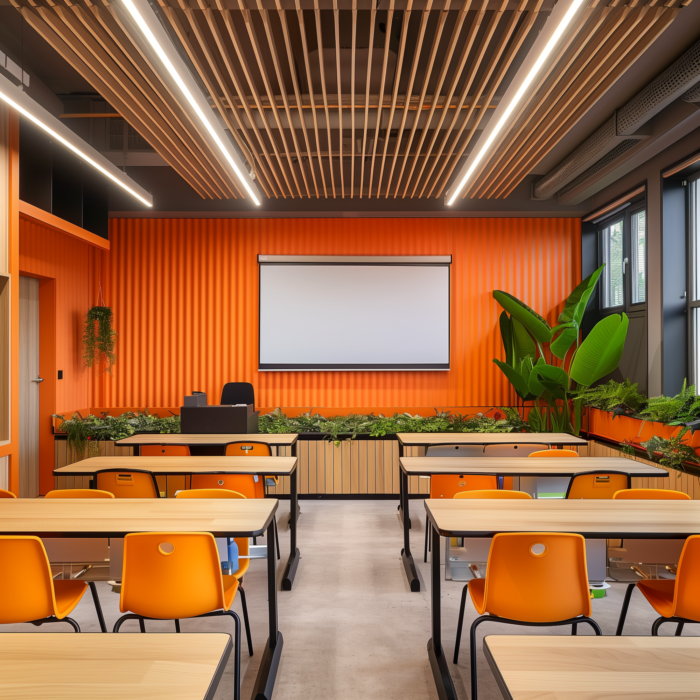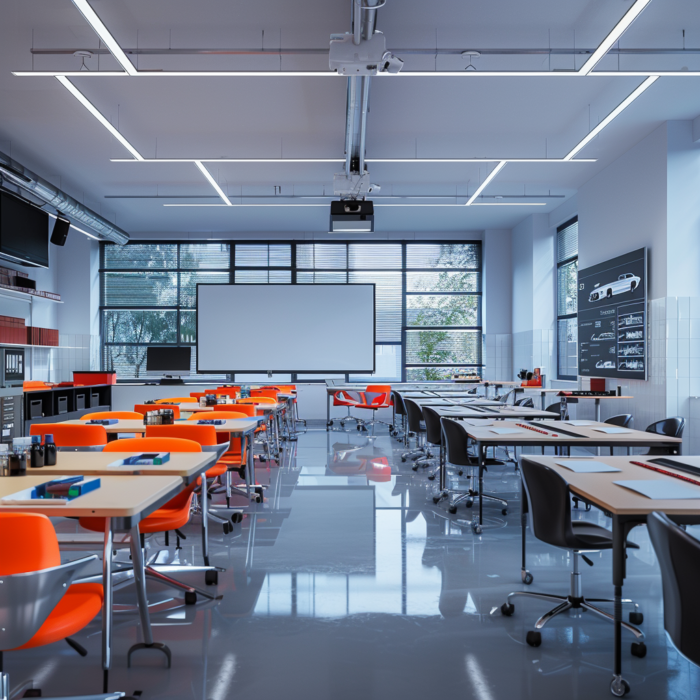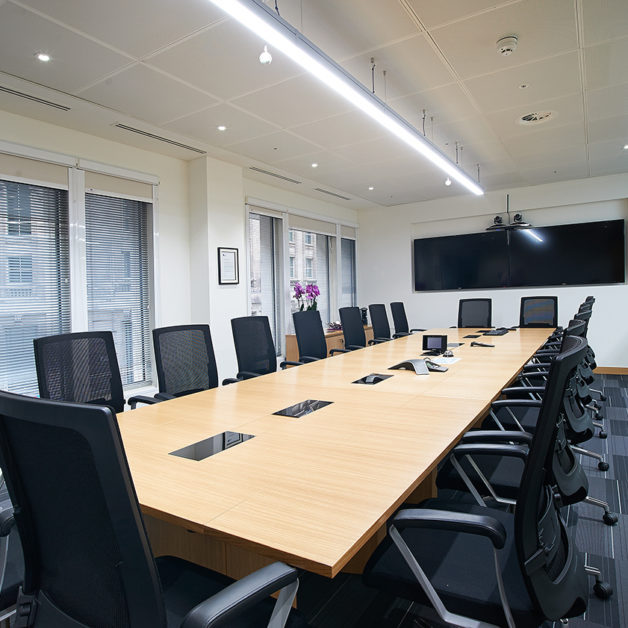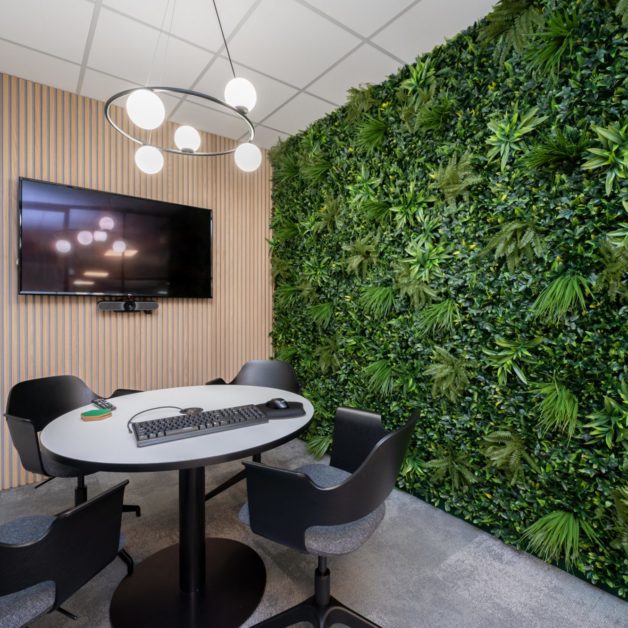Outstanding Designs for Outstanding Schools
How school design and facilities impacts OFSTED ratings
Improving facilities and classroom design can positively impact a school’s OFSTED rating by enhancing the learning environment and supporting student engagement. We’ve explored the current OFSTED framework (2019) and looked at ways in which the facilities and design of the school could help meet targets.
Safety and Accessibility
- “Inspectors must always consider whether schools are meeting their obligations under the Equality Act 2010. This includes ensuring that schools are accessible to disabled pupils and pupils with special educational needs.” (Section 135)
- “Inspectors must report on the extent to which schools are providing an inclusive environment that meets the needs of all pupils, including those with special educational needs and/or disabilities.” (Section 135)
Ensuring that facilities meet safety standards and are accessible to all students, including those with disabilities, is crucial. This can involve installing ramps, elevators, and accessible restrooms, as well as maintaining proper fire safety measures. Consider students with visual or auditory impairments and how lighting and acoustics might affect the ways in which these students learn. It is important to turn your attention to all areas of the school and how students experience the full school day. Is there space for a quiet area in the canteen for children who may be overwhelmed by busy and noisy spaces? Are there lowered sinks in Art and Technology classrooms for children in wheelchairs?












